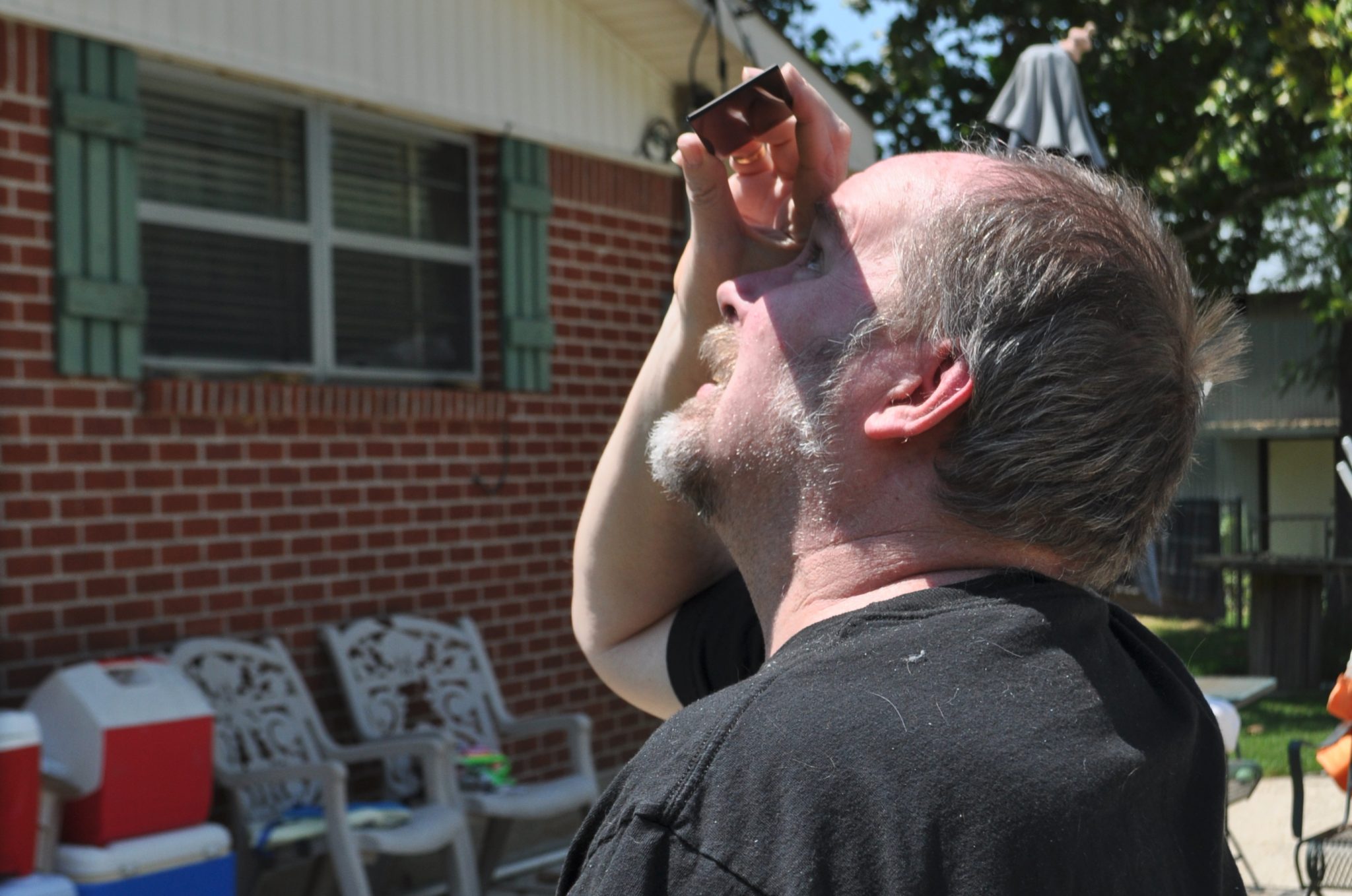235
It happened 38 years ago, and Monday it happened again – a total solar eclipse by the moon.
The eclipse could be seen by millions across the United States, and parties were thrown everywhere to celebrate one of nature’s wonders, while others w
Sun, moon put on eclipse show
previous post



